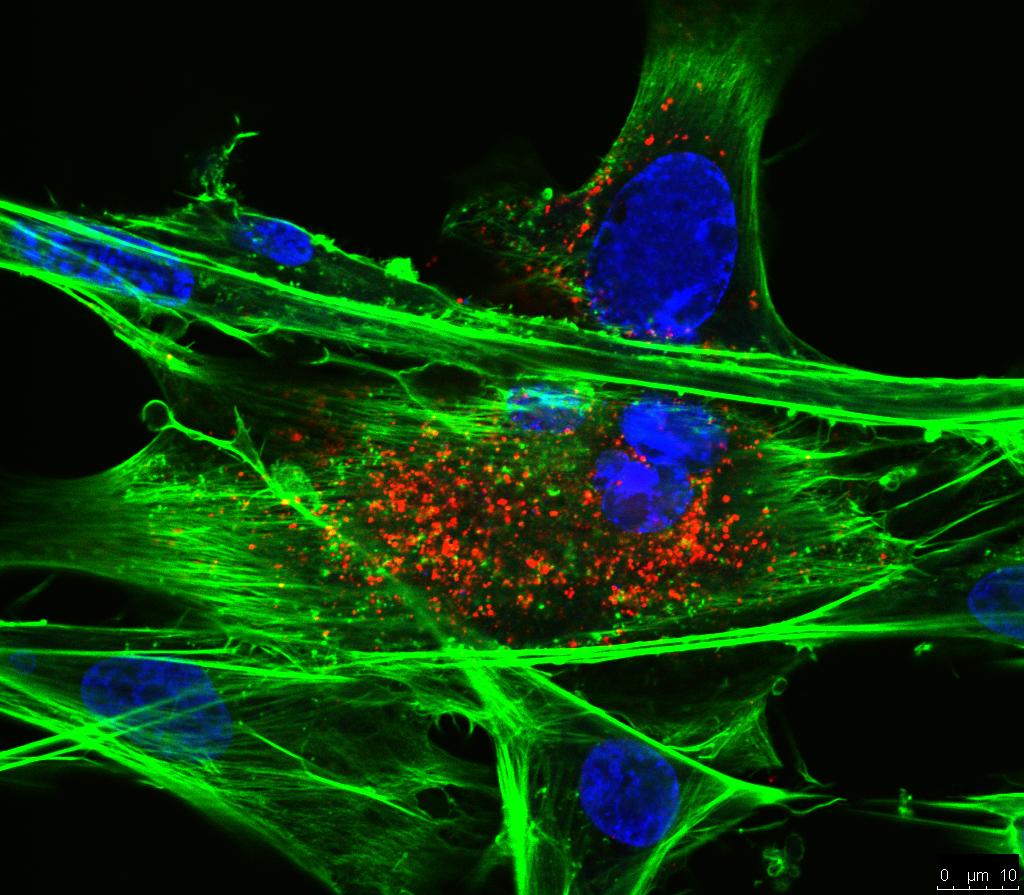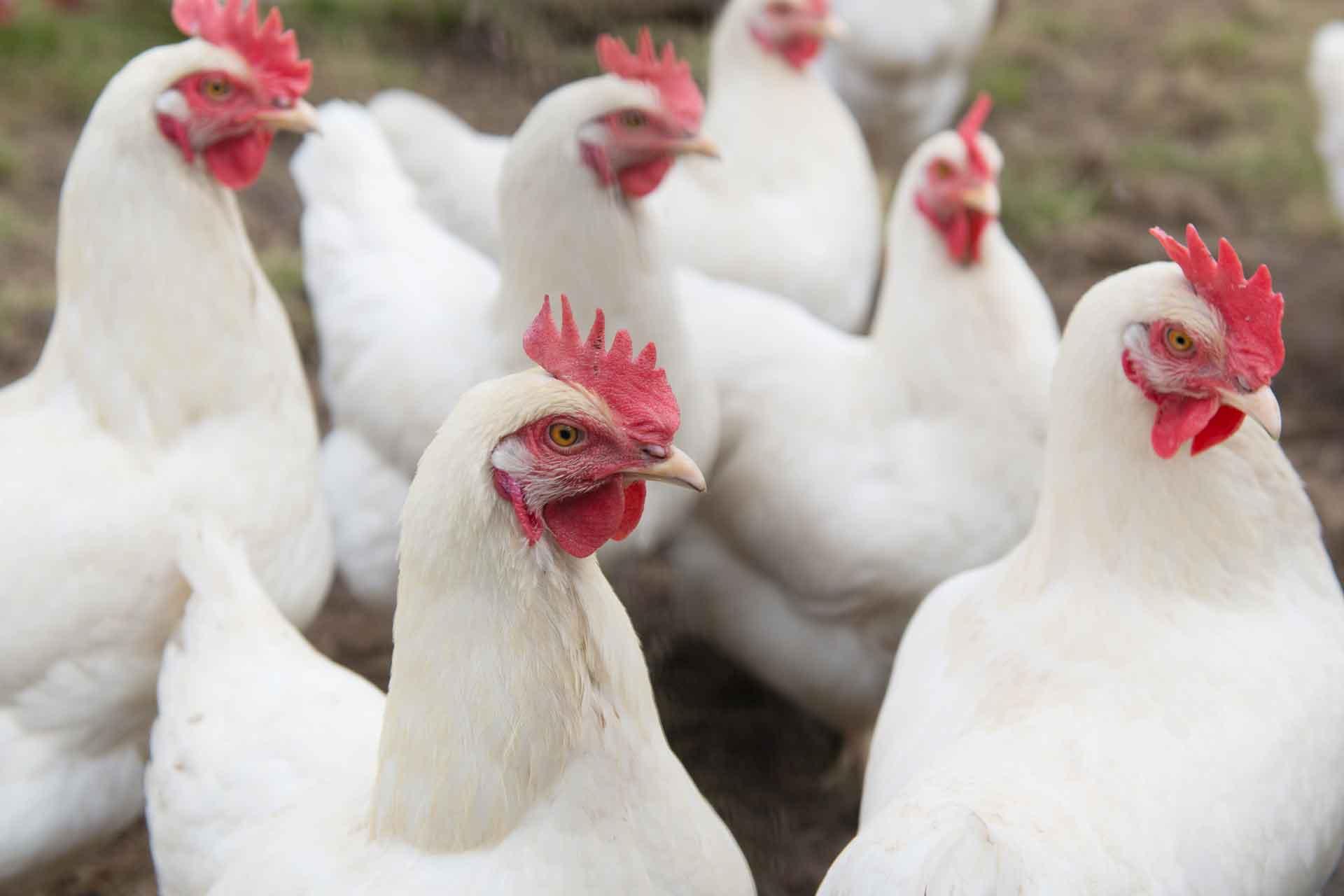Sequential disruption of ALV host receptor genes reveals no sharing of receptors between ALV subgroups A, B, and J
Previously, we showed that targeted disruption of viral receptor genes in avian leukosis virus (ALV) subgroups using clustered regularly interspaced short palindromic repeats (CRISPR)/CRISPR-associated protein 9 (Cas9))-based genome editing confers resistance to ALV subgroups B and J. Here, we used the same strategy to target the receptor expressed by ALV subgroup A (TVA) and generate chicken cells resistant to infection by this virus. CRISPR/Cas9-based disruption of exon 2 within the tva gene of DF-1 fibroblasts conferred resistance to infection by ALV subgroup A regardless of whether frameshift mutations were introduced during editing. Conversely, overexpression of the wild-type TVA receptor (wtTVA) by tva-modified DF-1 clones restored susceptibility to ALV subgroup A. The results confirm that exon 2, which contains the low-density lipoprotein receptor class A domain of TVA, is critical for virus entry. Furthermore, we sequentially modified DF-1 cells by editing the tva, tvb, and Na+/H+ exchange 1 (chNHE1) genes, which are the specific receptors for ALV subgroups A, B, and J, respectively. Simultaneous editing of multiple receptors to block infection by different subgroups of ALV confirmed that ALV subgroups A, B, and J do not share host receptors. This strategy could be used to generate cells resistant to multiple viral pathogens that use distinct receptors for cell entry.

